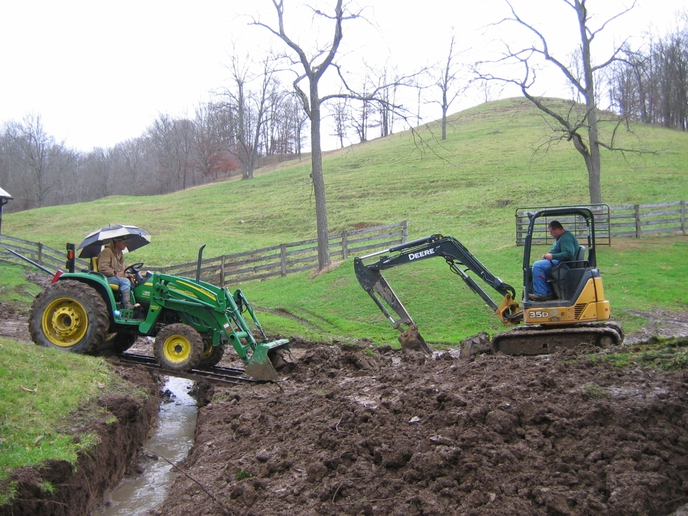Mastering Culvert Installation: Increase Your Land Drainage Efforts
From choosing the right products to implementing ideal techniques, understanding culvert installment can dramatically boost the efficiency and longevity of your land water drainage system. By recognizing the details of culvert installation, you can optimize your drain initiatives and make certain sustainable land use techniques.
Significance of Culvert Installment
Making sure appropriate culvert installation is paramount for preserving efficient land water drainage systems. Proper setup of culverts helps to channel water away from roads and buildings, reducing the danger of flooding and water damages.
Proper Sizing and Placement

Correct positioning of culverts is just as important. Culverts must be positioned at the most affordable point of the area calling for drainage to guarantee effective water flow. Furthermore, they must be set up vertical to the all-natural slope of the land to prevent clogs and permit smooth water flow. Strategic placement can assist protect against waterlogging, dirt disintegration, and road damage, making certain the durability and performance of the land drainage system.
Material Option Tips
Picking the right products is paramount in guaranteeing the sturdiness and functionality of culverts for efficient land water drainage systems. When selecting products for culvert setup, it is essential to take into consideration elements such as the water circulation rate, dirt composition, and ecological problems of the website.
One of the most common materials made use of for culverts is corrugated metal. Concrete culverts are optimal for locations prone to deterioration or when a much longer solution life is wanted.
For ecologically sensitive locations, plastic culverts may be chosen. Additionally, in locations where all-natural visual appeals are important, products like stone or timber can be used to build culverts that mix perfectly right into the surroundings.
Setup Techniques and Finest Practices
Provided the vital value of product choice in making sure the performance and long life of culverts, the installation techniques and ideal methods play a critical function in the overall success of land water drainage systems. Appropriate installment is crucial to stop problems such read review as leaks, breaks down, or obstructions that can compromise the efficiency find this of the culvert.

Throughout installment, treatment needs to be taken to align the culvert properly and offer correct support to stop deformation. Backfilling should be done gradually and compressed in layers to avoid gaps and settlement. Proper compaction is essential to prevent shifting or sinking of the culvert over time.

Upkeep and Long-Term Treatment
Executing an extensive maintenance strategy is essential for ensuring the long life and efficient performance of culverts in land drainage systems. Routine inspections must be performed to examine for any signs of damage, obstructions, or disintegration that might endanger the performance of the culvert. Cleaning debris such as fallen leaves, branches, and sediment is essential to avoid blocking and preserve the circulation capacity of the culvert. Plants control around the culvert area is additionally vital to stop roots from triggering architectural damages.
Routine upkeep jobs may include cleaning, fixing joints, reinforcing inlet and outlet structures, and guaranteeing correct incline and alignment of the culvert. Maintaining detailed documents of maintenance tasks, assessments, and fixings is vital for tracking the condition of the culvert over time and intending future upkeep needs.
Conclusion
In verdict, understanding culvert setup is crucial for effective helpful hints land drain. By following best practices and executing long-term care approaches, landowners can increase their drainage efforts and ensure the long life and functionality of their culverts (Tree removal).